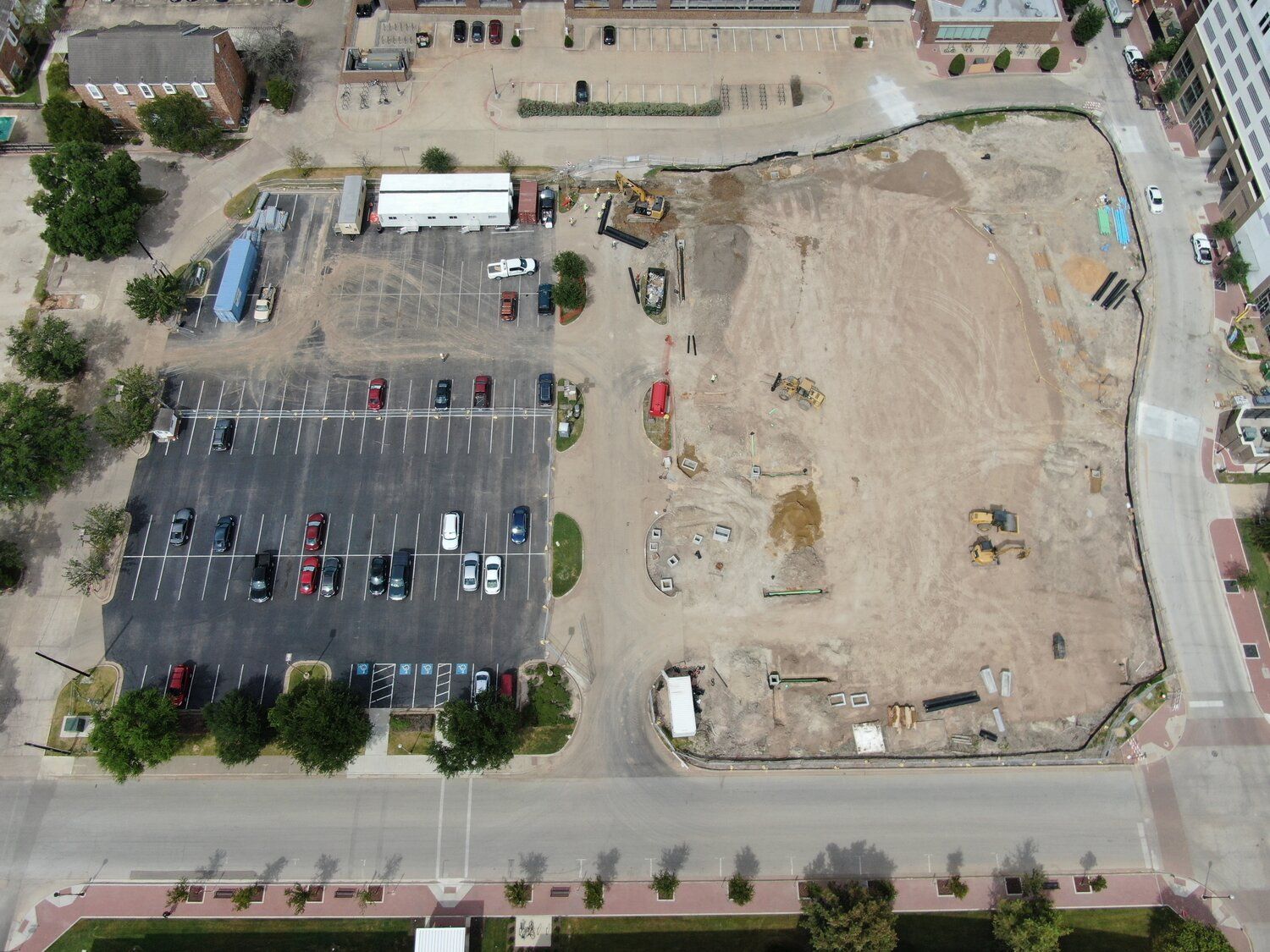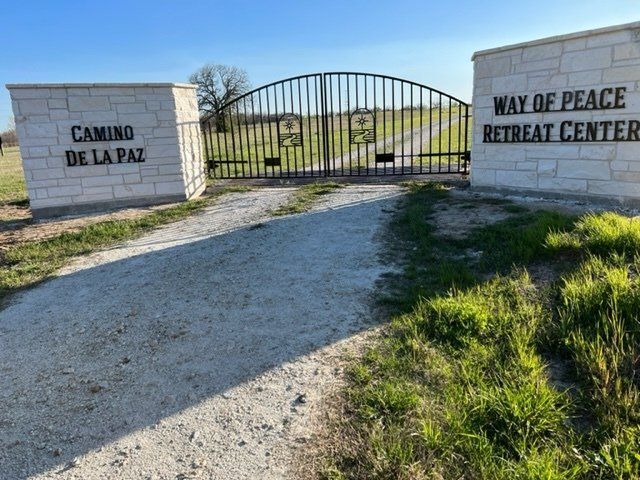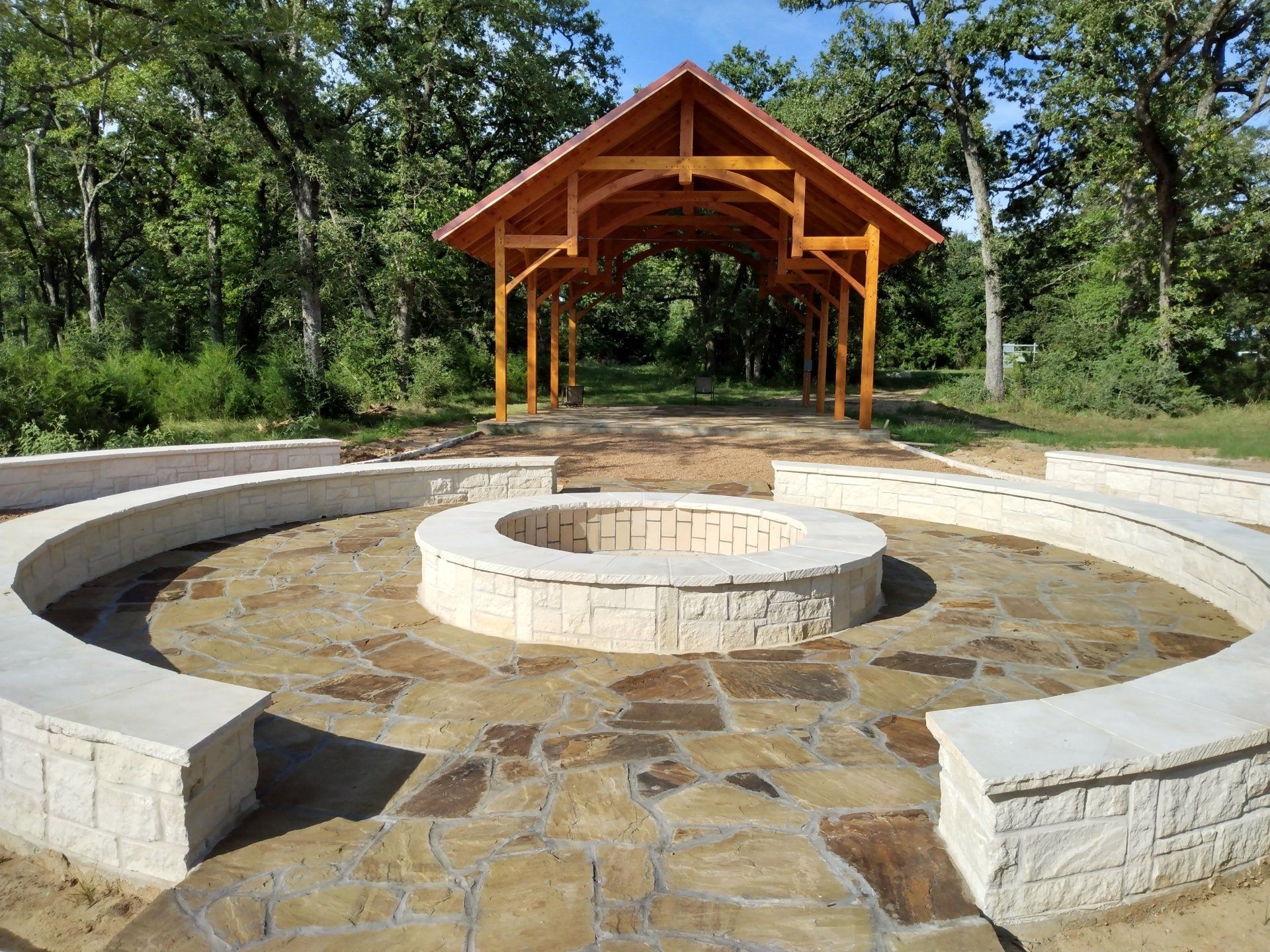In Opposition to College Station’s Restricted Occupancy Overlay
Justin Golbabai • Apr 17, 2021
We can solve the underlying problems College Station is trying to address in more equitable ways, and we shouldn’t settle for anything less.
Last week, I wrote a blog post examining College Station’s proposed Restricted Occupancy Overlay.
I have been mulling it over for some time now and it is my belief that the proposal would do more harm than good. As a supporter of all those who champion building high character neighborhoods, I did not come to this conclusion lightly, and I would love to share my reasoning.
To start, remember that this is a zoning proposal to limit the number of unrelated people in a household from four to two. Legally speaking, zoning is considered an extension of a government’s police power, which is the government’s right and responsibility to curtail certain personal freedoms in order to protect public health, safety, and welfare. Just as the police do this through the use force, zoning does this through land use and character decisions. A good example of this is the use of zoning to separate residential areas from industrial areas in order to protect the health and well-being of the general community.
The curtailment of personal freedoms for the good of the public is a weighty issue and should be considered carefully. If that power is not exercised enough, good people can easily be taken advantage of by those seeking to serve only their own interests. If that power is overused, it has the potential to stifle the creativity, freedom, and opportunity of all. In the case of the Restricted Occupancy Overlay, I believe College Station is straying into the latter scenario by enabling its neighborhoods to unfairly curtail the right of its residents to come together as roommates to achieve quality affordable housing.
At this point in my life, I live in a traditional family household with my wife and four children, but that was not always the case. In my younger, single days I relied on unrelated roommates in order to afford to live near work and in more desirable areas. Perhaps in the future, I may utilize roommates again to age in place – much like Blanche, Rose, Sophia, and Dorothy did in the Golden Girls.
While each of these living situations is unique, I fail to see how any of them is more or less threatening to the health, safety, and welfare of the general community. As such, I can not see a legitimate reason why my related family household of six should be treated any differently under the police powers of zoning law than three student roommates or four Golden Girls, all of whom would be considered unlawful households by neighborhoods that adopt the Restricted Occupancy Overlay.
Further, as history plainly shows, we become more separated and less neighborly when we artificially segregate ourselves along divisions that don’t really matter. We are better when we can respectfully find ways to live together despite our differences. For this reason, those of us who belong to the American Institute of Certified Planners
are bound by a Code of Ethics
which encourages planners to promote economic and racial integration and oppose policies that do the opposite.
Now for those who are promoting the Restricted Occupancy Overlay as a solution to prevent the new construction of unwanted housing types, I understand your concern. But there are a number of untried tools in the planning toolbox that can address this legitimate worry in a more equitable way. These tools can more specifically target the development of new construction rather than the actual people that occupy neighborhoods.
To explore the use of these tools, political will and leadership is needed to call for a more in-depth conversation about what quality redevelopment in the urban core looks like. Just as cities grow denser from their edges when large acreage farmland is converted to single-family homes, cities grow vertically from their center through redevelopment that allows more people to live closer to job opportunities and services. While seeing these changes unfold can be politically uncomfortable, with proper and careful implementation of the right planning tools, it is certainly possible for neighborhoods to redevelop compatibly with more vibrancy, diversity, and beauty than before.
Policies like College Station Restricted Occupancy Overlay enable neighborhood to curtail quality housing opportunities for some of our most vulnerable residents while making our neighborhoods less diverse. These policies unnecessarily segregate living situations that pose no additional threat to public health, safety, and welfare than any other living situation. Yes, some interests and some goals are served, but in my opinion it is very much at the expense of too many others. We can solve the underlying problems College Station is trying to address in more equitable ways, and we shouldn’t settle for anything less. After all, we are all in this together. This is our common home.
The City of College Station City Council is meeting on Monday, April 19th to decide about this issue. Meeting information is available at https://www.cstx.gov/departments___city_hall/pds/public_meeting_instructions. Please note you will need to sign-up to speak by 2 pm the day of the meeting in order to be permitted to speak at the City Council meeting.
Share
Tweet
Share
Mail
Blog - Common Home Planning & Design

By Justin Golbabai
•
14 Sep, 2021
Some great progress was made on the construction of the new church for St. Mary's Catholic Church in College Station, Texas! After the dirt work was complete, steel form piers were dug and installed and in the process, saint medals were dropped into the drilled holes with prayers for the safety of the workers and the church building itself. It continues to be a gre at honor serving as a project manager for this awesome project . As part of a great team along with Stewart Construction, BRW Architects, Studio iO Liturgical Consultants, and the great administrative team at St. Mary's - this project is in good hands! The above photograph and below video are courtesy of an amazing communications team at St. Mary's that provides regular project updates here . Interested in financially contributing to the project? Please learn how here .




